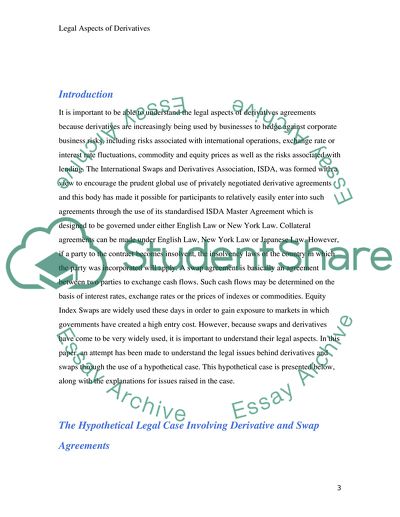Cite this document
(Legal Aspects of Derivatives Essay Example | Topics and Well Written Essays - 3500 words, n.d.)
Legal Aspects of Derivatives Essay Example | Topics and Well Written Essays - 3500 words. Retrieved from https://studentshare.org/finance-accounting/1702805-derivatives-legal
Legal Aspects of Derivatives Essay Example | Topics and Well Written Essays - 3500 words. Retrieved from https://studentshare.org/finance-accounting/1702805-derivatives-legal
(Legal Aspects of Derivatives Essay Example | Topics and Well Written Essays - 3500 Words)
Legal Aspects of Derivatives Essay Example | Topics and Well Written Essays - 3500 Words. https://studentshare.org/finance-accounting/1702805-derivatives-legal.
Legal Aspects of Derivatives Essay Example | Topics and Well Written Essays - 3500 Words. https://studentshare.org/finance-accounting/1702805-derivatives-legal.
“Legal Aspects of Derivatives Essay Example | Topics and Well Written Essays - 3500 Words”, n.d. https://studentshare.org/finance-accounting/1702805-derivatives-legal.


